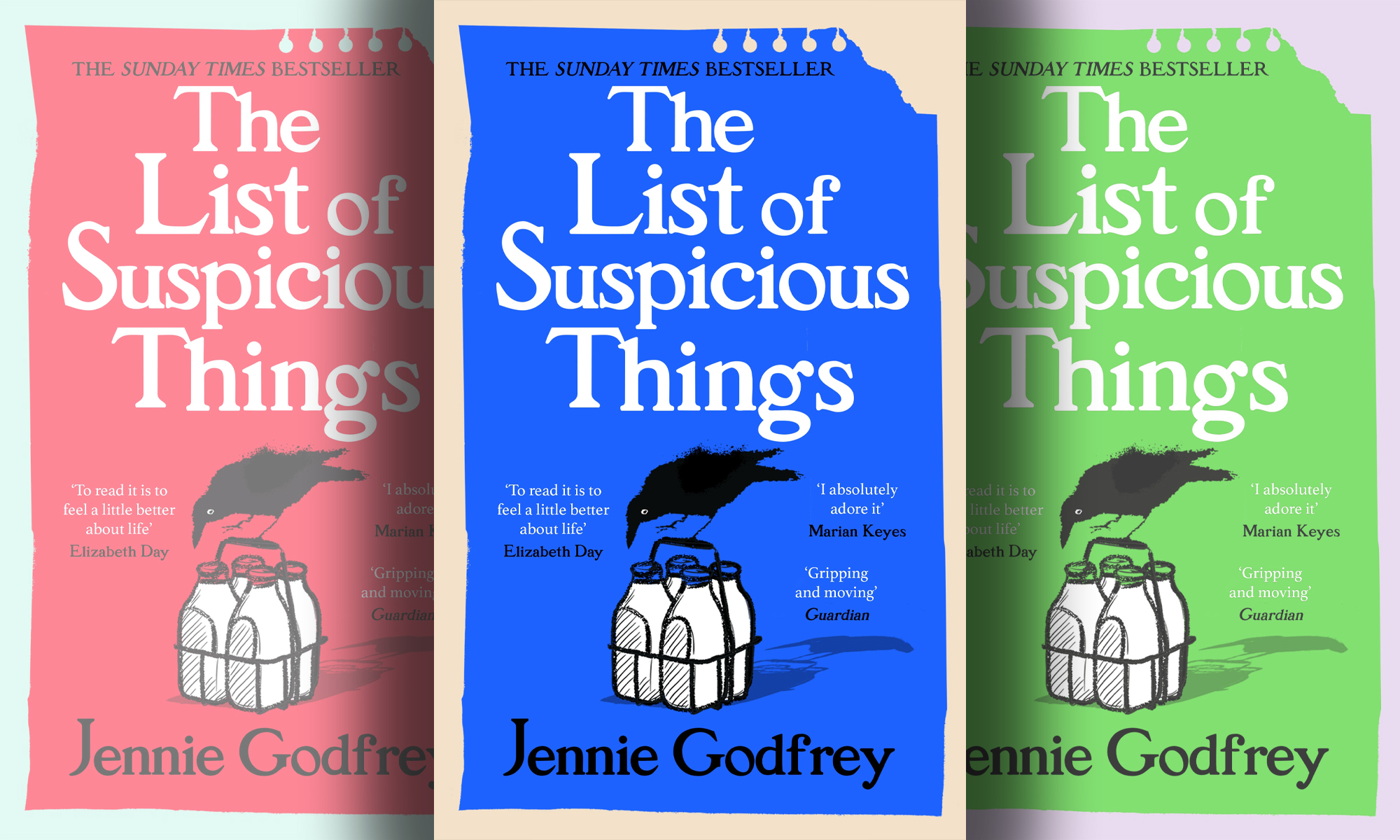In the second half of the 1970s, I was a schoolboy, boarding at one of England’s oldest schools in one of England’s oldest cities, York.
In this context, I remember the feelings I had when in 1975 the man dubbed the Yorkshire Ripper by the media began his killing spree of women, mainly in the vicinity of Leeds (if I remember rightly).
Walking the streets at night in York, came with a feeling of trepidation — fear is too strong a word — about the Ripper. He was part of the atmosphere, like the ghosts that York and my school are famous for. His was a lurking presence, an unknown.
For a 12-year-old, the world is a place full of strange shapes, novel feelings and naive encounters to which meaning and signification only attach with the passage of time.
Subconsciously, you are trying to make sense of the world and adult behaviour. Only after repeat exposure will you start to form opinions and even beliefs.
The 13 Ripper murders, which took place between 1975 and 1980, are the context around which first-time novelist Jennie Godfrey has constructed her captivating book The List of Suspicious Things.
I bought Godfrey’s novel because its reference to the Ripper in the blurb on the back cover piqued my interest. Post-reading, I confirm it works.
As I hoped, the novel’s descriptions awoke once familiar smells, sounds and tastes from the recesses of memory. A warm and comforting sense of familiarity came from the way it captured the idioms, peculiarities and sensations of a moment in time.
The familiar Yorkshire greeting, “Ey up” (the equivalent of our Heita-da), Elton John playing on the radio, the brown uniformity of rows of terraced council houses (think Penny Lane), the food we had for “tea”, riding on the top deck of a double-decker bus, the 2p it once cost to make a call from a phone booth.
Ours was a much smaller world in those days and not just because of childhood.
Changing worlds
The novel also proves to be an unpretentious, simple and successful act of story-making.
The plot is straightforward: 12-year-old Miv (short for Mavis), and her friend Sharon, working-class schoolgirls from an unnamed town in Yorkshire, begin their naive investigation into men they think could be the Yorkshire Ripper.
Miv justifies it this way:
“Well, if we catch him we might get the reward the police are offering. Think of everything we could buy! All the books and lip glosses and sweets we could want! But even if we didn’t, think of all the prostitutes we would save.
“Even though neither of us knew what prostitutes were, I thought the idea of saving others would appeal to Sharon, who was the kindest person I knew.”
In the pages that follow, men — including Miv’s father — go on to their list, and are taken off, more because of adult behaviours the girls don’t yet understand, than because of good grounds for suspicion.
The girls initiate naive investigations that lead to forays into adultdom. Their most dangerous investigation takes them to Leeds to the red light district of Chapeltown, where several of the murders took place.
As they construct their lists, we travel with them through Miv’s eyes (mainly) as she encounters different aspects of the adult world they are growing into.
The book took me back to Yorkshire in 1979, the start of the portentous Thatcher years and her ruthless quest to make Britain great again. It was a new world of perplexing deindustrialisation; disintegrating families and relationships due to unemployment; of alcoholism; and of paedophilia.
On the trail of Miv and Sharon, you come across gender-based violence, before it got the name; and the racism and violence directed towards people of Indian descent (described as “P–s”, whether or not they were from Pakistan).
Thatcher was a darling of the Tory media, but for working-class people like those in the book, she was just “Thatcher, Thatcher, [the] milk snatcher”. (A reference to her government’s decision to stop providing a small daily bottle of free milk to all schoolchildren, another thing I can remember!)
For everyone, including the child protagonists, it was a world where the familiar was beginning to become unfamiliar.
The novel carries us through this landscape as if Miv were a young James Joyce travelling through Dublin but without the crises of identity or any of the existential agonising and literary pretension. It’s more Secret Seven than Stephen Dedalus.
This novel has no pretensions of Booker Prize greatness. It is just a good distraction from the horrors of 2024.
In a sense, it’s about the bonds that hold communities and families together, that allow them to absorb change and accept difference. A world where polarisation and division were knocking at the door but had not yet barged in. A world of red phone booths, tabloid newspapers and the BBC’s Nine O’Clock News. The world Margaret Thatcher and her backers set out to break.
And did.
After the capture of the real Yorkshire Ripper in 1981 and a tragedy in the world according to Miv, the book ends with an affirmation of friendship and community.
The moral of the story is left to Miv’s Aunty Jean, who says: “If we’ve learned owt from t’last few years, it’s to take our joy where we can.”
That’s a good moral for today as well. DM





